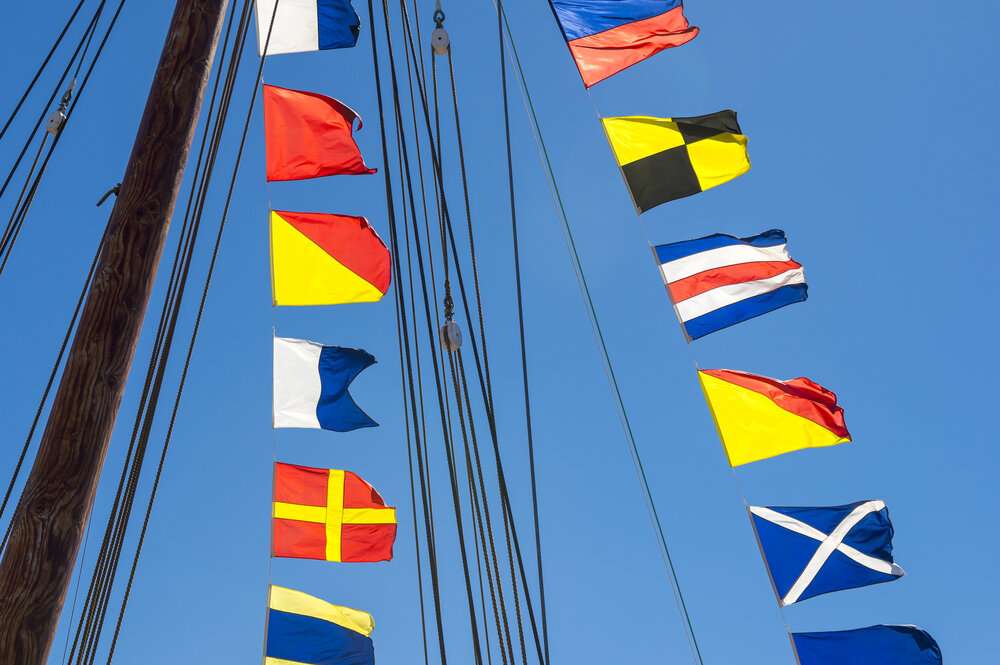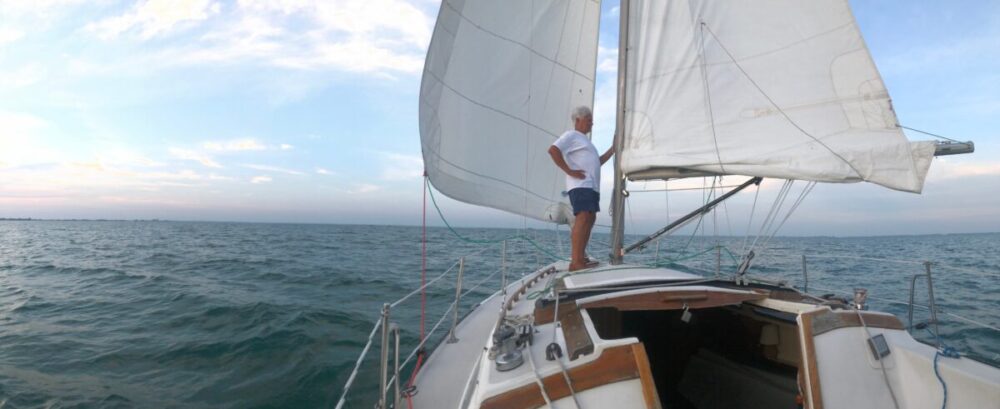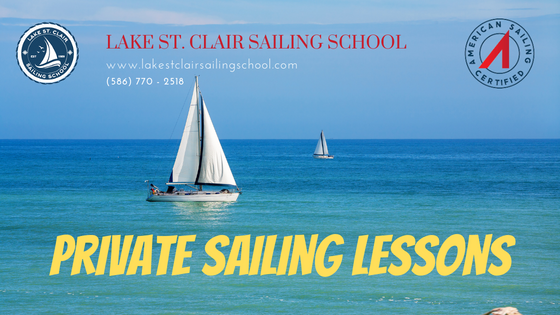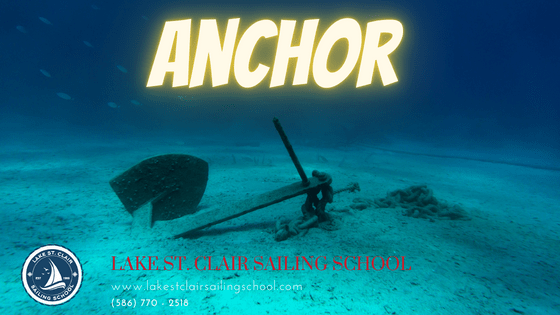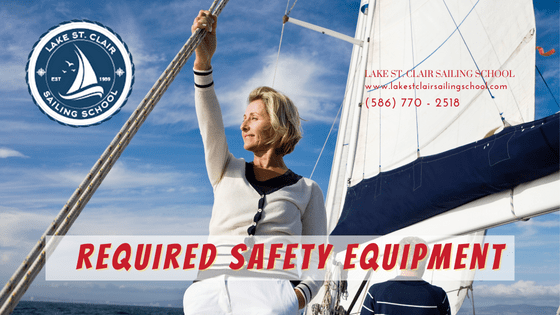Sailboat Flag Etiquette
The importance and etiquette of flying flags on a sailboat National Flag: This signifies the country your boat is registered in. It should be flown at the back of the boat (backstay/transom area) and be in good condition. Courtesy Flag: This shows respect to the country you're visiting. It's a small version of their flag, flown on the starboard spreader after you clear customs. Yellow 'Q' Flag: This signals you haven't cleared customs yet. It flies alone on the starboard spreader until replaced by the courtesy flag. Other Flags: Crew nationality flags, yacht club flags, etc., can be flown on the port spreader. Proper Flag Etiquette: Flying flags correctly shows respect and indicates…


